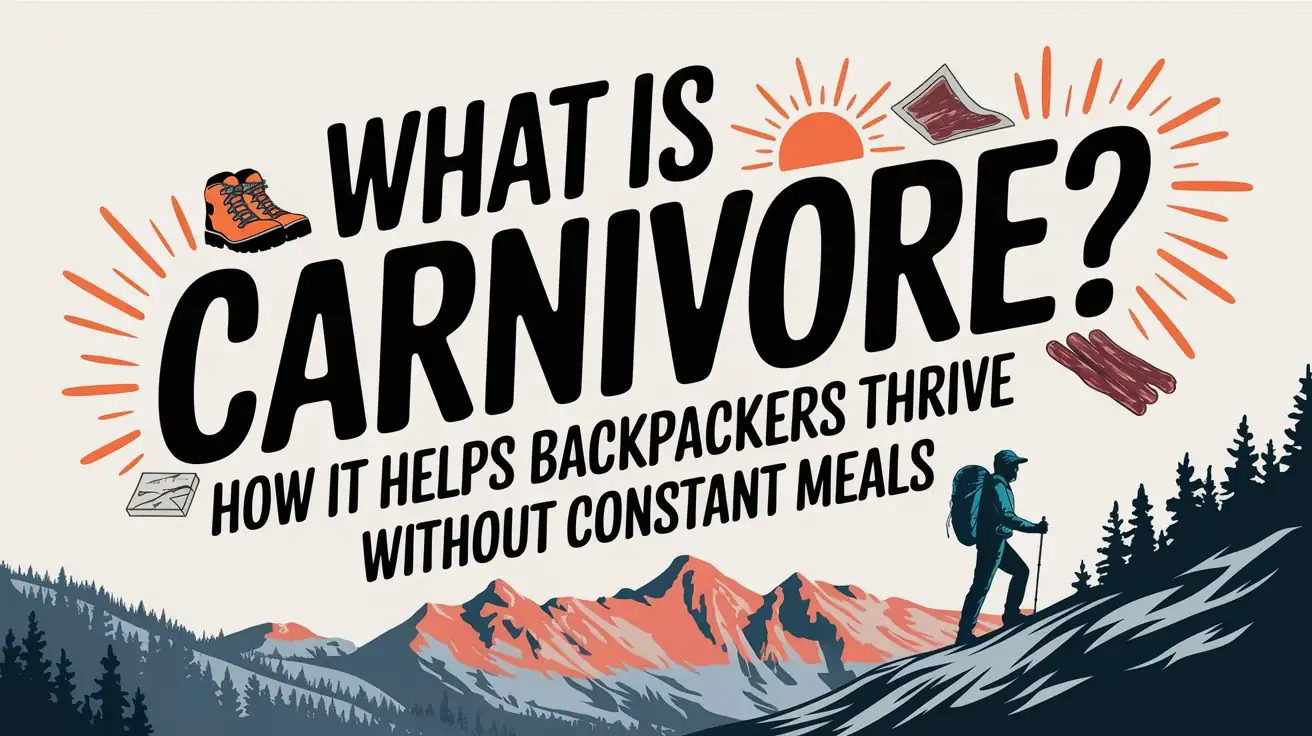The Carnivore Diet sounds simple. Just eat meat, right? Wrong. Most newbies crash into this lifestyle face-first without preparation, then wonder why they feel like garbage. The dreaded "keto flu" isn't inevitable—it's often self-inflicted. Experts suggest a gradual shift rather than going cold turkey on plants. Hydration matters. Community support helps. But here's what the Instagram meat influencers won't tell you: the first two weeks can be brutal. And that's just the beginning of what you're not being told.
Countless health enthusiasts are turning to the carnivore diet, a radical eating approach that's exactly what it sounds like: all animal, all the time. The premise is simple. Eat meat, fish, eggs, and perhaps some dairy. That's it. No plants. No carbs. No problem? Well, that depends.

The diet isn't just steak for breakfast, lunch, and dinner, though that's certainly a choice. Adherents fill their shopping carts and plates with beef, lamb, poultry, and seafood. Some include dairy, typically limited to hard cheeses and heavy cream. Organ meats are nutritional powerhouses, so very limited liver and heart often make appearances too. It's primitive eating with a modern twist.
Beyond just "steak". Carnivores embrace everything from fatty fish to organ meats, primitive nutrition for the modern appetite.
People swear by the benefits. Weight loss happens fast when carbs disappear. Inflammation fades. Energy soars. Hormones balance out. And meal planning becomes ridiculously simple. No more agonizing over which vegetable to pair with your protein. There is no vegetable.
But here's what the enthusiastic converts often gloss over: the adjustment period is brutal. The "keto flu" hits hard. Headaches. Fatigue. Your digestive system? It freaks out. You'll either can't go, or can't stop going. Not exactly dinner conversation material.
Social situations become awkward. Try explaining why you're only eating the burger patty—without the bun, lettuce, tomato, or pickle—at a family barbecue. Eyes roll. Questions follow. Judgment ensues.
Starting slowly helps. Phase out plants gradually. Begin with familiar foods like eggs and ground beef. Stay hydrated. Add salt—lots of it. Your body needs those electrolytes when carbs vanish.
A typical day might look like eggs and bacon for breakfast, salmon for lunch, and a ribeye for dinner. Boring? Perhaps. Effective? For many, yes.
For long-term success, tracking progress is essential. Find communities of fellow meat-eaters for support. Connecting with the carnivore community provides valuable motivation and ideas for staying committed when challenges arise. Stock up on quality animal foods to avoid temptation. Many practitioners recommend committing to at least 30 days to fully experience the potential benefits and understand how your body responds.
The carnivore diet isn't for everyone. But for those willing to weather the shift, the simplicity has undeniable appeal. Meat. Eat. Repeat.



